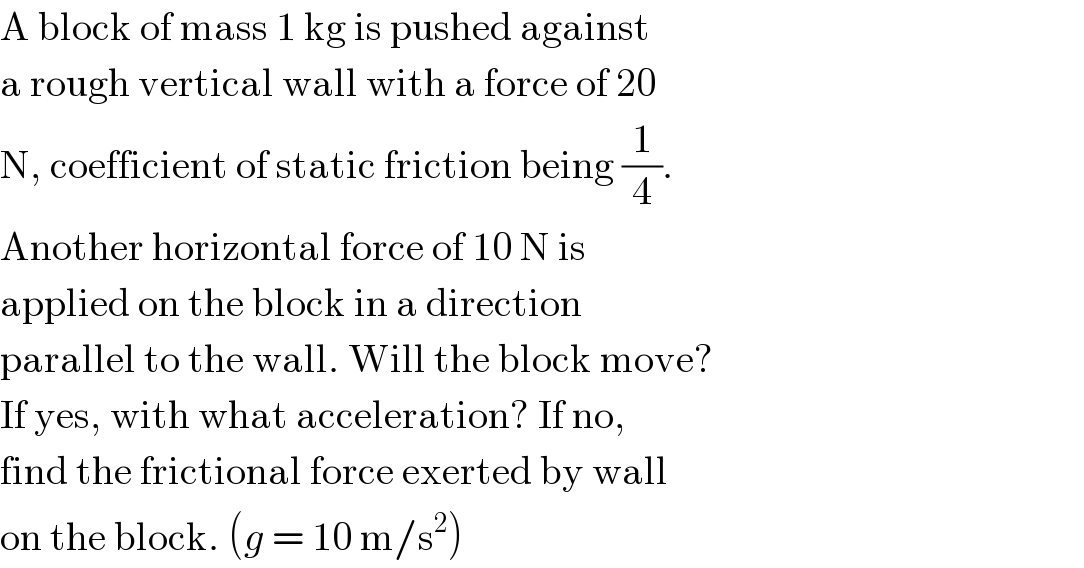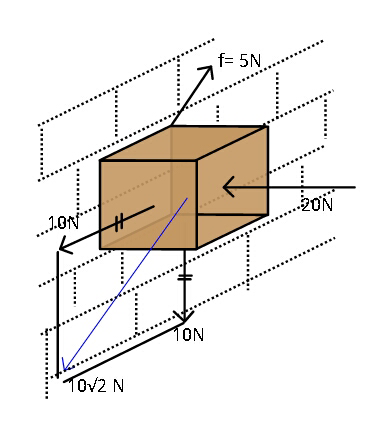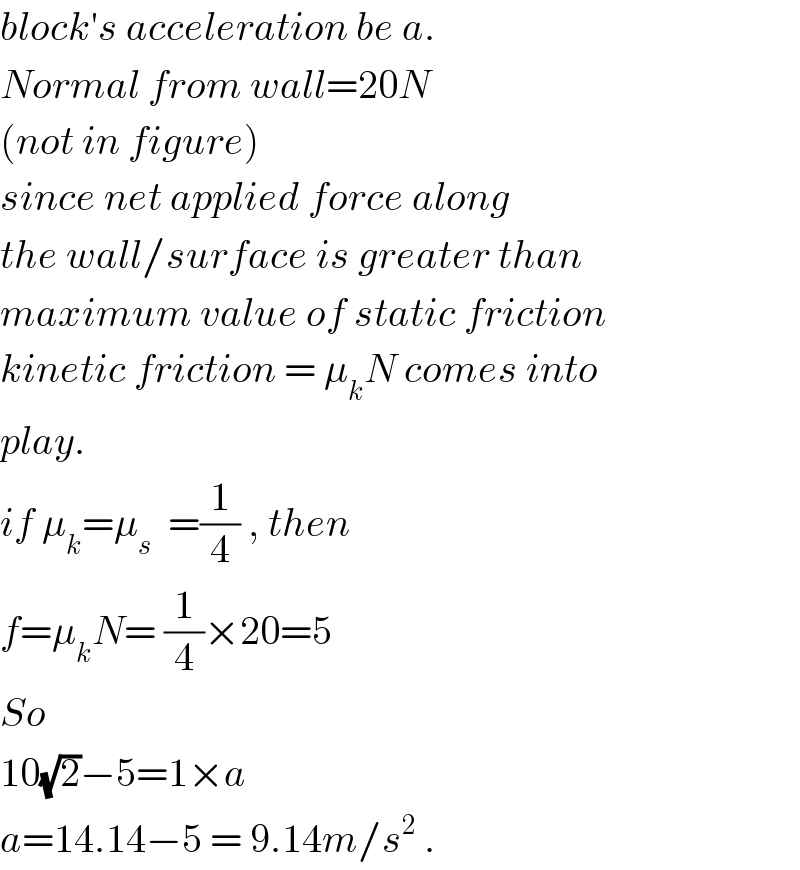
Question and Answers Forum
Question Number 21759 by Tinkutara last updated on 03/Oct/17

Answered by ajfour last updated on 03/Oct/17

Commented by ajfour last updated on 03/Oct/17

Commented by Tinkutara last updated on 04/Oct/17

| ||
Question and Answers Forum | ||
Question Number 21759 by Tinkutara last updated on 03/Oct/17 | ||
 | ||
Answered by ajfour last updated on 03/Oct/17 | ||
 | ||
Commented by ajfour last updated on 03/Oct/17 | ||
 | ||
Commented by Tinkutara last updated on 04/Oct/17 | ||
 | ||